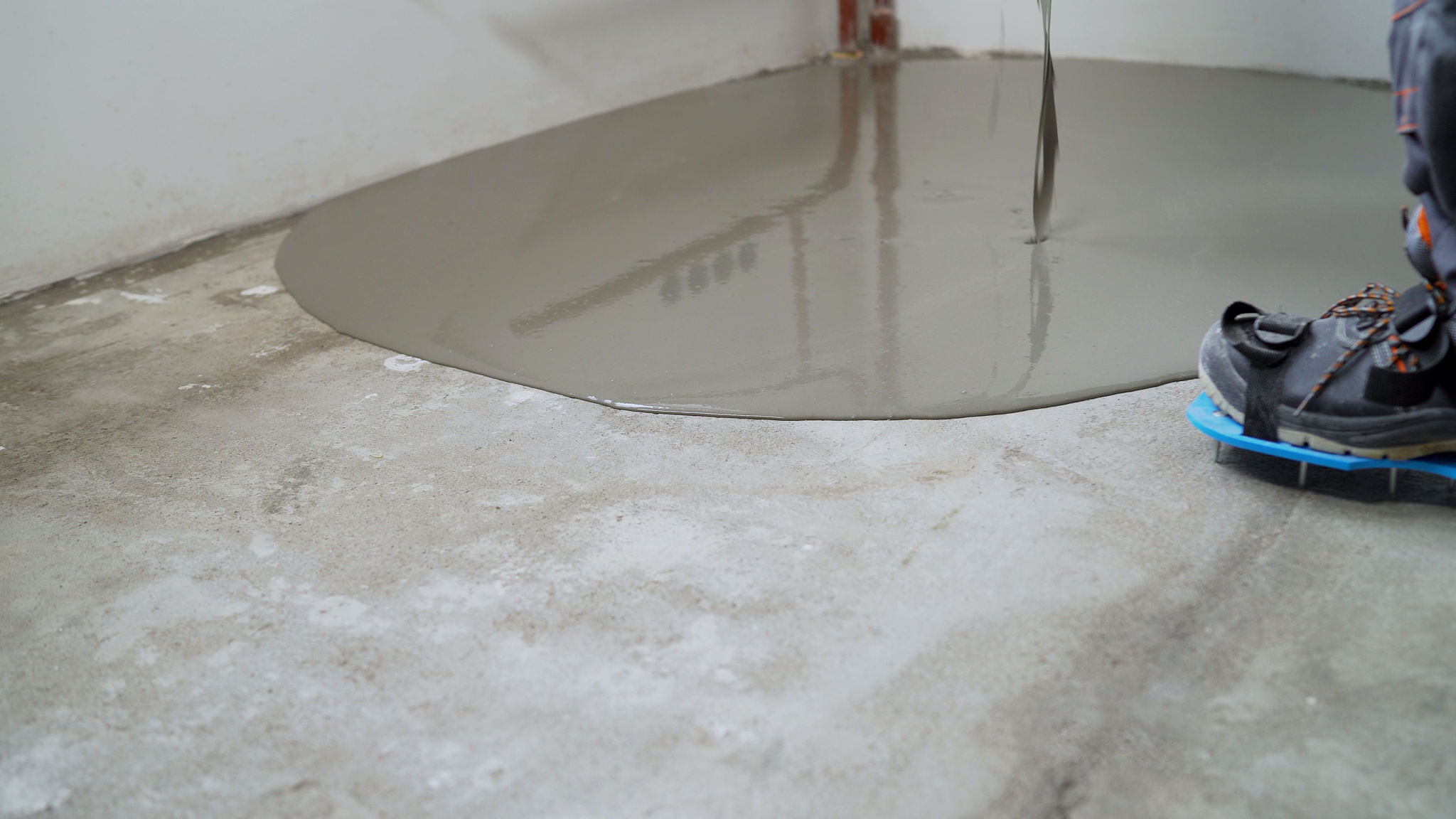Comprehensive Guide to Coating Inspection: What You Need to Know
Understanding the Basics of Coating Inspection
Coating inspection is a critical process in various industries, ensuring that protective coatings are applied correctly to surfaces. This process helps in preventing corrosion and extending the lifespan of structures and components. Understanding the basics of coating inspection is essential for maintaining quality and durability in products and infrastructure.

Why Coating Inspection Matters
The primary purpose of coating inspection is to ensure that coatings are applied according to specifications and standards. Proper coating application can prevent damage from environmental factors such as moisture, chemicals, and UV radiation. This is crucial for industries like oil and gas, marine, and construction, where structural integrity and safety are paramount.
Key Steps in the Coating Inspection Process
The coating inspection process typically involves several steps, each designed to ensure the quality of the coating. These steps include:
- Pre-inspection: Reviewing specifications and preparing the surface for coating.
- Surface Preparation: Ensuring the surface is clean and free of contaminants.
- Coating Application: Monitoring the application process to ensure compliance with standards.
- Post-application Inspection: Checking for defects and measuring coating thickness.

Tools and Equipment Used in Coating Inspection
A variety of tools and equipment are used by coating inspectors to evaluate the quality of coatings. These tools include dry film thickness gauges, adhesion testers, and holiday detectors for identifying pinholes or defects. Each tool plays a vital role in assessing different aspects of the coating's quality.
Common Defects Detected During Inspection
Inspectors are trained to identify common coating defects such as pinholes, blisters, cracks, and delamination. Detecting these issues early can prevent costly repairs and ensure that the coating performs effectively over time. Regular inspections help maintain high standards of safety and quality.
The Role of Standards and Certifications
Adherence to industry standards is crucial in coating inspection. Organizations like NACE International and SSPC provide guidelines and certifications that help ensure inspections are conducted properly. Certified inspectors bring expertise and reliability to the inspection process, making them invaluable assets in maintaining quality control.

Training and Qualifications for Coating Inspectors
Becoming a certified coating inspector requires specialized training and knowledge of industry standards. Courses cover topics such as surface preparation, coating application techniques, and defect identification. Inspectors must also stay updated on new technologies and methodologies to remain effective in their roles.
Challenges and Future Trends in Coating Inspection
The field of coating inspection is continually evolving with advancements in technology. Challenges such as environmental regulations and the need for more sustainable practices drive innovation. Emerging trends include the use of drones for remote inspections and advanced imaging technologies for more precise evaluations.
Overall, coating inspection is a vital component in ensuring the longevity and safety of coated surfaces across various industries. By understanding the processes, tools, and standards involved, businesses can enhance their quality control measures and protect their investments effectively.